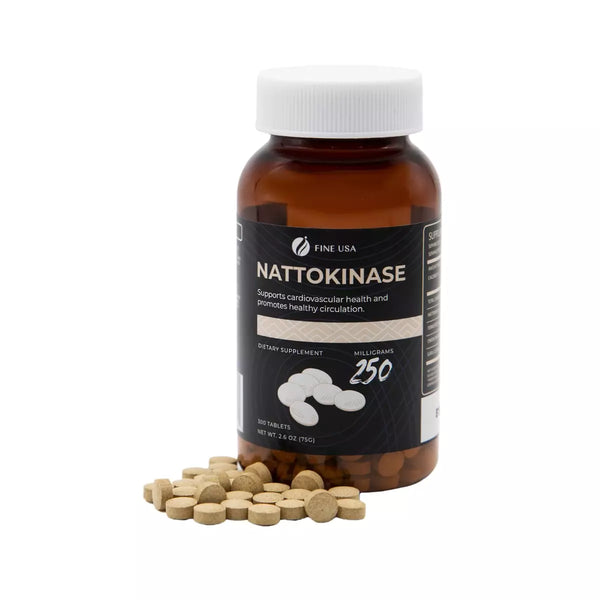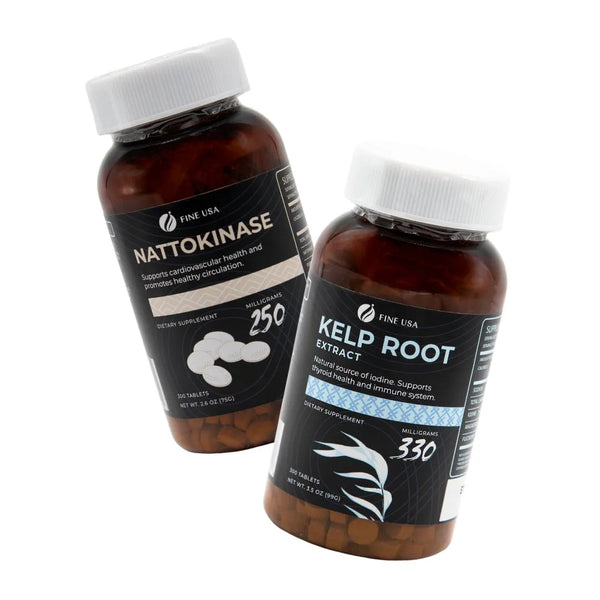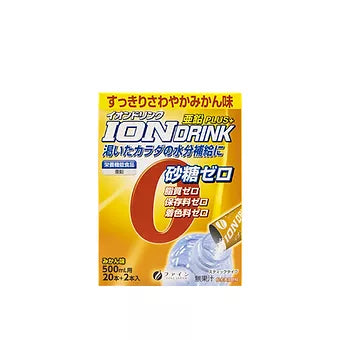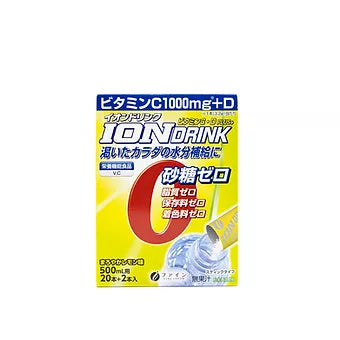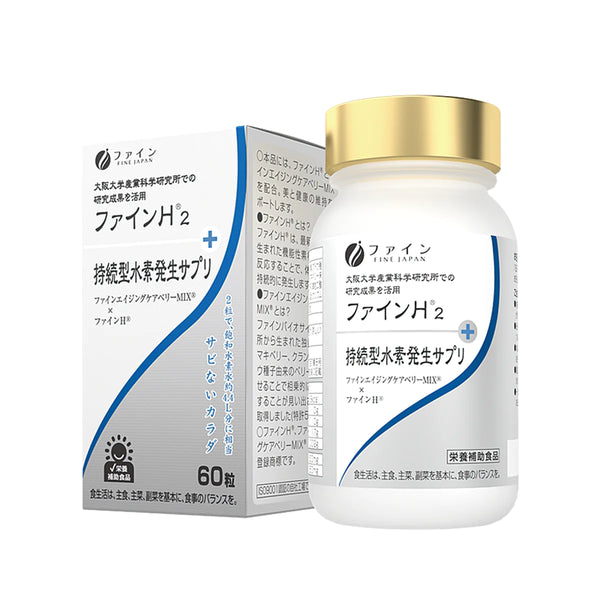These days, it can seem that nutrition supplements are a dime a dozen, with promises ranging from the extreme ("weight loss in only three days!") to the more realistic ("GI improvement found with consistent use in 80% of study participants"). What often separates a gimmick from a legitimate nutrition supplement is consistent and robust study, and a strong history of use. Nattokinase falls within the latter, and is rooted in a Japanese food that has enjoyed consistent use for centuries, without adverse effects or risks.
Like many supplements and preventative methods currently on the market, appropriate doses of nattokinase and exact sources of nattokinase intervention vary according to the pilot study in question and the reason behind the study. Fortunately, both animal studies and human studies have consistently demonstrated the immense value of this traditional food in improving outcomes associated with existing cardiovascular diseases and blood vessel conditions and disorders and suggest that bacillus natto can be an incredibly important intervention in increasing human longevity and improving quality of life.
Naturally, this begs the question: what exactly is nattokinase?
What is Nattokinase?
Nattokinase is a fibrinolytic enzyme made up of amino acids, boasting excellent vitamin K levels, and derived from natto, a traditional Japanese fermented food. If the word "nattokinase" is unfamiliar, the most treasured component of natto is also called natto extract, subtilisin NAT, and orokinase. All of these terms are used to describe the same basic systemic enzyme therapy, which delivers an active enzyme that is created during a specific type of fermentation particular to boiled soybeans.
Nattokinase can refer to the profibrinolytic enzyme subtilisin created within natto itself, or can refer to the supplement used to improve cardiovascular health. Both come from the same base (natto) and have a high level of vitamin K, but one is derived from a whole food, and the other comes as a powder or a capsule.
How is it made?
Nattokinase is made from natto, a popular soybean food that comes from Japan. Natto is created by fermenting boiled soybeans and cultivating the bacteria Bacillus subtilis (also referred to as bacillus subtilis natto) within the mixture. Oral nattokinase supplements are taken from natto itself, but there are other supplement forms (including powders, pills, and capsules) that can be created through specific fermentation efforts, rather than creating natto itself, all of which boast high levels of vitamin K and deliver fibrinolytic action and antiplatelet effects.
Natto is usually made in small batches, either at home or through a specialty grocery store. The vitamin K rich food may be less commonly found in the U.S. or outside of Japan, but can often be found in grocery stores that cater specifically to Japanese cuisine. When nattokinase is made as its own entity rather than a whole food, the pro-fibrinolytic enzyme can be cultivated by isolating the bacillus subtilis developed during the fermentation of soybeans and encouraging its growth.
Can you make nattokinase at home?
Nattokinase does not only exist in the dietary supplements aisle of your local specialty store; it can be made at home. That being said, the conditions will not be as easy to measure as those found within a dedicated lab or food production company, and the pungent smell of fermenting soybeans can prove unpleasant for some. It can also be difficult to accurately determine the levels of vitamin K and fibrinolytic action of homemade natto. The benefit of utilizing natto or nattokinase that has already been made is the knowledge that fibrinolytic activity and antiplatelet effects have likely been ensured.
What are the uses of Nattokinase?

The fibrinolytic activity of nattokinase is the primary reason for its use. In clinical studies, nattokinase's pharmacologic effects have proven themselves useful for conditions such as high cholesterol and high blood pressure due to their fibrinolytic activity in plasma. Nattokinase can also serve as a source of prevention for blood clotting disorders, as it is able to reduce blood viscosity by breaking down fibrin, a protein involved in blood thinning--without the use of additional blood-thinning drugs. As a natural blood thinner, it has been identified as a potentially useful supplement to treat and prevent blood clots, in part due to its high vitamin K content and its ability to prevent amyloid plaque accumulation without the use of a mechanical prosthesis or structured intervention within blood vessels.
Human trials and lab studies offer a substantial defense for the pharmacologic effects of nattokinase in the arsenal of even the healthiest people in order to support heart health, avoid amyloid plaque accumulation, and encourage healthy blood clotting (while preventing thrombosis). With the ability to improve arterial blood flow, prevent ischemic stroke, disrupt cardiovascular disease pathophysiology, prevent blood clot formation, improve blood circulation, and positively affect diastolic and systolic blood pressure, nattokinase has numerous beneficial effects for general healthy circulation, and more specific heart-related conditions, no matter the user's specific activity level.
The effect of nattokinase on carotid artery atherosclerosis alone is enough to encourage the treatment of natto as an important contribution to human health. Some have even swapped nattokinase for Warfarin with positive results. While patient substitution may not be encouraged by all health providers, the treatment of natto as more than a mere nutrition supplement has roots in plenty of clinical studies.
The true workhorse found in nattokinase, and the mechanism of action behind its use, is the antithrombotic agent (also identified as the fibrinolytic agent) found in the bacteria generated by natto's fermentation process.
Nattokinase can be used by those who are eager to receive the pharmacologic effects of blood pressure and cardiovascular medication, but who need a solid contributor to ward off heart disease risk factors, improve health in human cells (including inhibiting tumor growth or duration), deliver neuroprotective effects, and prevent potentially life-threatening conditions such as blood clot formation, cerebral microbleeds that lead to larger cases of thrombosis, and even harmful blood cell aggregation in blood vessels. Nattokinase can do this and more, preventing endothelial injury in rat and human models and dramatically improving heart disease outcomes.
Health benefits of nattokinase

Blood Pressure Management
The effect of nattokinase on blood pressure makes it an excellent addition to the arsenal of people with cardiovascular diseases (or those who are looking to prevent these diseases) in the place of antihypertensive drugs. Because of the ability of nattokinase to dissolve blood clots, it has been identified as a potential treatment for deep vein thrombosis, a protection against thrombus formation, and may reduce intimal thickening. All of these components together make nattokinase a powerful aid in both managing and preventing CVD through blood pressure management.
Whether it is a model in rat studies or human trials, nattokinase can be used as a preventative method and treatment for high blood pressure, positively impacting diastolic and systolic blood pressure numbers.
Deep Vein Thrombosis (DVT) Treatment and Prevention
DVT is a condition that occurs as a result of thrombus formation, or the development of a blood clot within the arteries, subsequently reducing or altogether impeding blood flow, necessitating a tissue plasminogen activator to resume proper movement. Thrombus formation can lead to intimal thickening, in order to stimulate blood flow, and can cause damage to major blood pathways in the body, including the femoral artery.
With consistent use, the anticoagulant agent nattokinase may be able to thin the blood, improve plasma levels, and significantly reduce the likelihood of developing a clot, leading to further complications and blood vessel damage. As a tissue plasminogen activator, nattokinase provides a safe and effective way to both treat and prevent DVT through the same action of warfarin, without the side effects.
Atherosclerosis Treatment and Prevention
As previously mentioned, nattokinase has also been implicated as a potential inhibitor of intimal thickening, or thickening of the walls of blood vessels as a result of plaque buildup. The thrombolytic activity of nattokinase has been identified as the most likely source of anti-atherosclerosis behavior, and has been identified as an exciting way to both target existing signs of atherosclerosis and prevent the onset of this condition, thereby avoiding related conditions such as ischemic stroke.
The amyloid-degrading ability of nattokinase makes the supplement a useful tool to implement for anyone with high cholesterol, or those at risk of developing arterial plaque, with some patients substituting nattokinase for Warfarin. By improving blood flow and reducing the buildup of different components within arterial walls with an amyloid plaque-degrading agent, the fibrinolytic agent in intact nattokinase can make sure that blood is moving effectively through blood vessels, maintaining heart health and preventing ischemic stroke.
Side effects of nattokinase
Nattokinase is largely considered an extremely safe intervention, with most clinical trials showing improvements to health without adverse effects. That being said, because nattokinase functions as a plasminogen activator inhibitor type of supplement, it can negatively interact with anticoagulants and antiplatelet medications. It can also increase the likelihood or risk of bleeding, according to clinical trials--especially when blood-thinning drugs are being taken.
The bacteria cultivated in the fermentation process may not be safe for individuals who are on these types of medication, or those with existing clotting disorders, as the heart health beneficial effects identified in study details may be outweighed by the potential risk of harm.
Nattokinase's adverse side effects are intertwined with nattokinase benefits. Bacillus subtilis natto is a strong intervention, and can significantly alter an individual's blood viscosity and general arterial function--synergistic effects that can prove extremely harmful for people with existing risk factors. A family history of blood clotting disorders may require exercising caution before utilizing bacillus subtilis natto, or nattokinase, as these risk factors can lead to substantial harm. If you are uncertain, your health provider can order a partial thromboplastin time (PTT) to identify whether or not your blood possesses healthy clotting abilities.
Conclusion
As human studies of nattokinase can attest, the mechanism of action in natto (or vegetable cheese natto) is a valuable one, with significant changes to amyloid fibril onset, cardiovascular health, blood vessel health, and even cardiovascular risk factors without using fibrinolytic drugs. With uses in the prevention of thrombosis, carotid artery atherosclerosis, and even halting the progression of atherosclerosis that has already developed, nattokinase from bacillus subtilis is an excellent supplement to add to the regimens of most adults, both those who are healthy and those who already have conditions such as endothelial injury, common carotid artery atherosclerosis, cardiovascular disease, and diminished circulation to support healthy blood clotting, encourage healthy activity levels, and enjoy the cardiovascular and neuroprotective effects provided by this systemic enzyme supplement.

